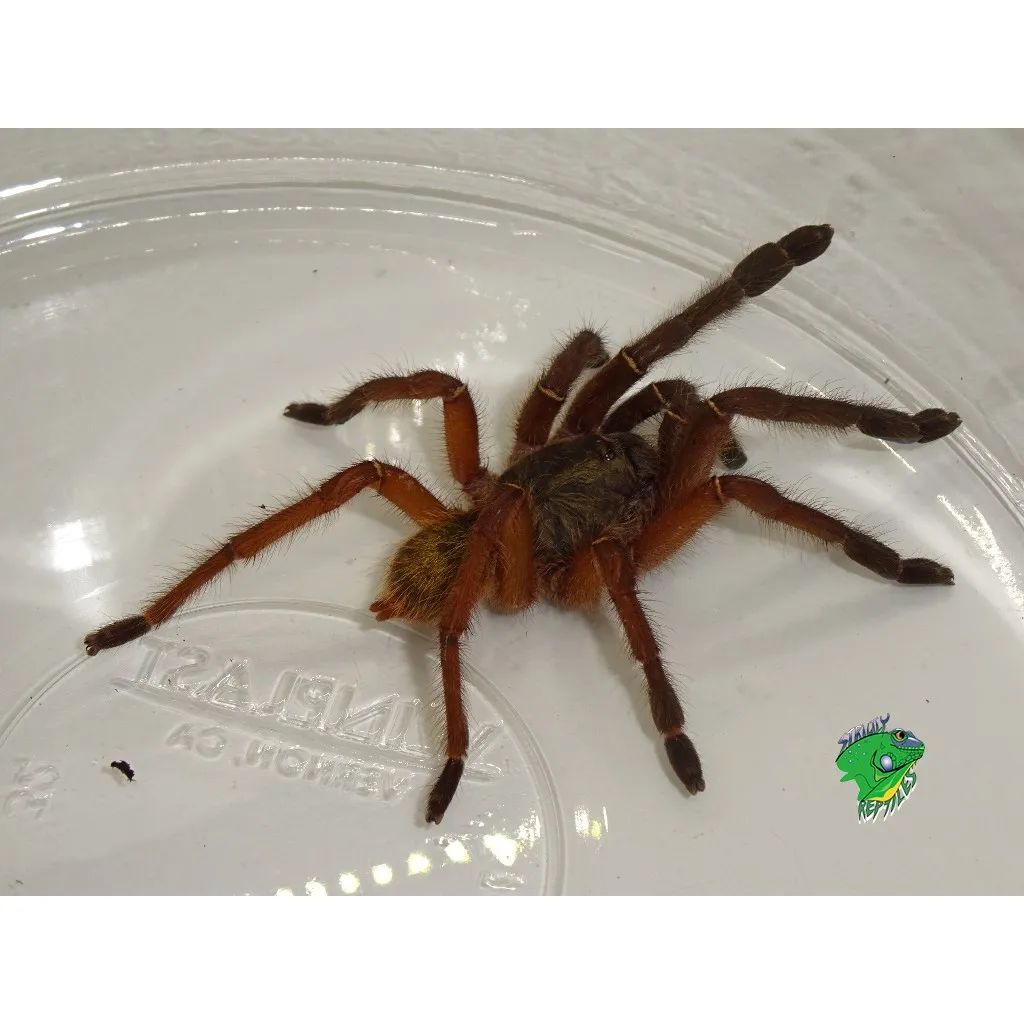Understanding Tarantula Leg Regeneration
Tarantula leg regeneration is an amazing process, showcasing the remarkable ability of these creatures to recover from injury. Unlike mammals, tarantulas and other arthropods possess the capacity to regrow lost limbs over multiple molts. This regenerative ability is a testament to their evolutionary adaptations and survival mechanisms. Understanding the intricacies of this process is crucial for any tarantula owner aiming to provide optimal care and support for their pet. The health of a tarantula directly impacts the effectiveness and speed of its leg regeneration. Proper care can significantly enhance the likelihood of a successful outcome, ensuring your tarantula can fully recover and live a long, healthy life.
The Molting Process and Limb Loss
Molting is a fundamental part of a tarantula’s life cycle, and it’s during this process that leg regeneration takes place. Before a molt, a tarantula will shed its old exoskeleton, including any lost limbs. The new leg begins to form inside the old one before the molt. Limb loss can occur due to various reasons, including accidental injury, predation, or improper handling. The tarantula will detach the injured limb (autotomy) to escape predators. After a leg is lost, a new limb starts to develop in the next molt cycle. It’s critical to maintain a stable environment to support this process.
Factors Influencing Regeneration
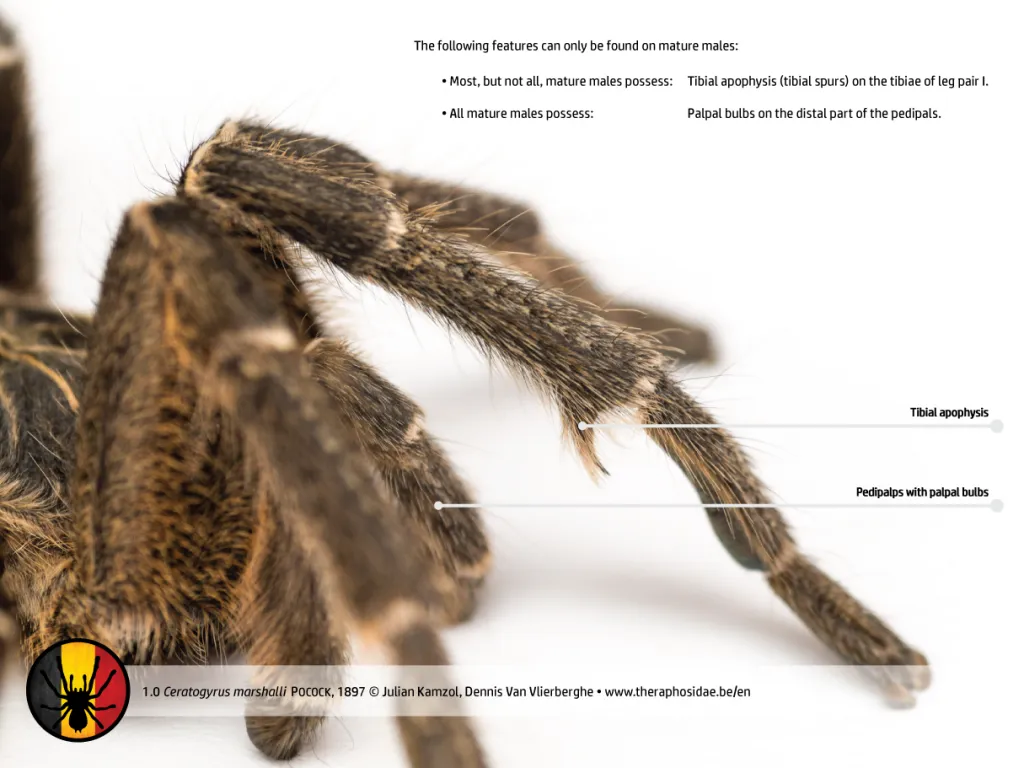
Several factors play a vital role in tarantula leg regeneration. These include the tarantula’s overall health, age, diet, and environmental conditions. A healthy tarantula, with a robust immune system, is more likely to regenerate limbs successfully and quickly. Younger tarantulas typically regenerate limbs faster than older ones because their metabolic rates are higher. Careful attention to diet and environmental factors will improve the likelihood of successful regeneration.
Importance of Diet and Nutrition
Nutrition is paramount for the tarantula’s ability to regenerate limbs. A well-balanced diet provides the necessary building blocks for the new limb to grow. Proper nutrition supports the molting process and reduces the stress on the tarantula. Feeding tarantulas a varied diet rich in essential nutrients is critical to their recovery. This includes providing a sufficient supply of protein, carbohydrates, and fats. Vitamin and mineral intake also contributes to their ability to regenerate a leg.
Provide a Balanced Diet
A balanced diet for tarantulas consists mainly of insects, but also requires supplementation to meet their nutritional needs. Offer a variety of insects like crickets, mealworms, roaches, and other commercially available insect feeders. Make sure these insects are gut-loaded with nutritious food prior to being fed to the tarantula. Gut-loading is essential for transferring nutrients to the tarantula, thereby boosting the regenerative process.
Supplementing with Calcium and Vitamins
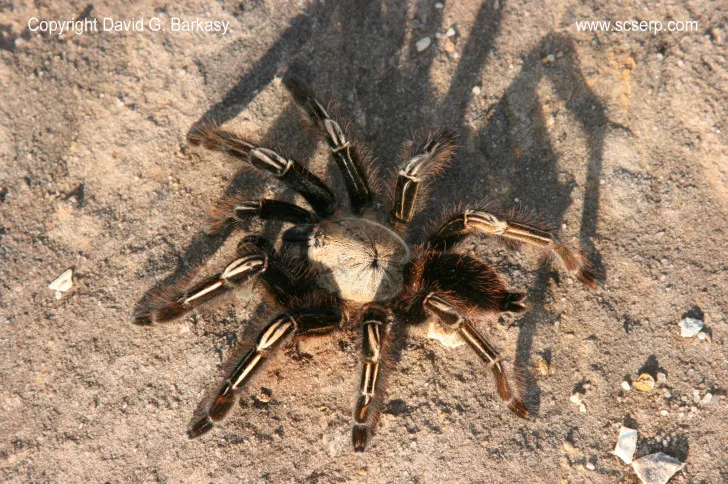
Calcium and vitamins are essential for a tarantula’s exoskeleton and overall health. Supplementing the tarantula’s diet with calcium and vitamin D3 can support healthy molting and regeneration. Vitamin D3 is especially important because it aids calcium absorption. These supplements are usually provided by dusting insects with a calcium and vitamin supplement powder before feeding them to the tarantula. Monitor your tarantula’s health and adjust supplementation as needed, consulting a veterinarian if you observe any deficiencies.
Maintaining Optimal Humidity and Temperature
Providing the right environment is just as important as feeding. The environment has a significant impact on the success of tarantula leg regeneration. Proper humidity levels are crucial for a successful molt. Maintaining optimal temperature and humidity can greatly enhance the molting process. These conditions will also support the healing of any wounds and encourage the growth of new limbs. Correctly managing your tarantula’s habitat will give it the best chance for recovery.
Environmental Stressors to Avoid
Stress can impede the molting process and, consequently, leg regeneration. Avoid any environmental stressors that might affect the tarantula, such as loud noises, vibrations, or frequent handling. Ensure the enclosure is placed in a quiet area of your home. Constant disturbances can hinder the molting process and possibly affect the regeneration of limbs. Monitoring your tarantula’s behavior can help identify any potential stressors, allowing you to create the most suitable environment for your pet.
Proper Substrate and Enclosure Setup
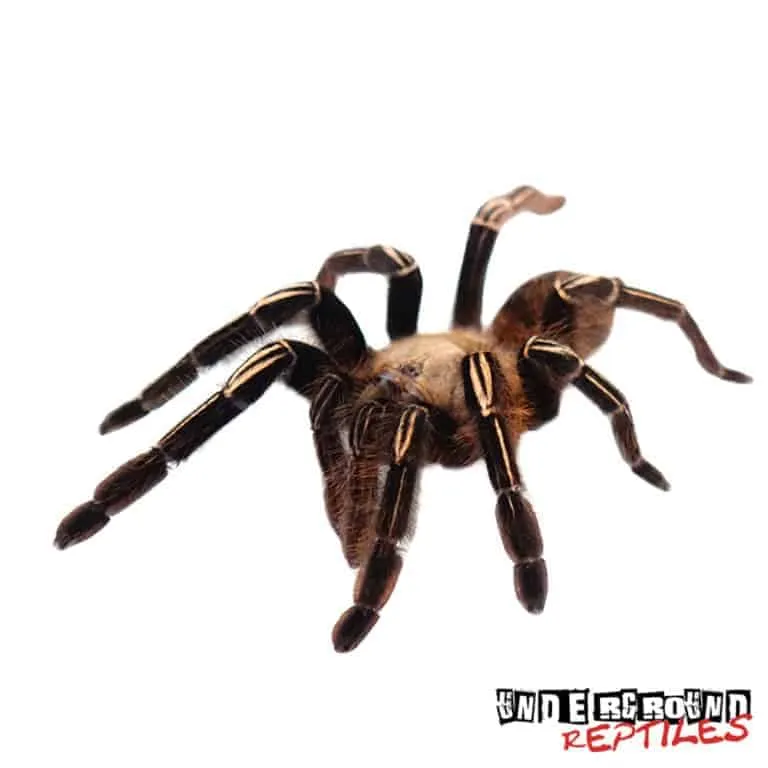
The substrate is the material on the floor of the enclosure, and it plays a critical role in providing the correct humidity levels. Choose a substrate that retains moisture well, such as coco fiber or peat moss. The enclosure’s setup should also provide hiding places for the tarantula to feel secure. The proper substrate will provide the right level of humidity, assisting with molting and regeneration. A well-designed enclosure offers essential support during the molting process.
Wound Care and Prevention of Infection
Wound care is critical when a tarantula loses a limb. Any open wound poses a risk of infection, which can be fatal if not managed. Proper care can minimize the risk of infection and help the tarantula heal. Cleaning and observing the wound for any signs of infection are important. Providing a clean and hygienic environment is crucial for preventing infection and supporting the tarantula’s recovery. Proper hygiene and prompt treatment of any issues will improve the chances of successful regeneration.
Recognizing Signs of Infection
The tarantula’s behavior and physical condition can indicate an infection. Look for changes in behavior, such as lethargy or loss of appetite. Swelling, discoloration, or discharge around the wound are all warning signs of infection. If you suspect an infection, it’s important to isolate the tarantula and consult an experienced veterinarian immediately. Early detection and treatment are key to preventing the infection from spreading and causing further complications. Take immediate action if you notice any of these signs.
Safe Handling and Cleaning
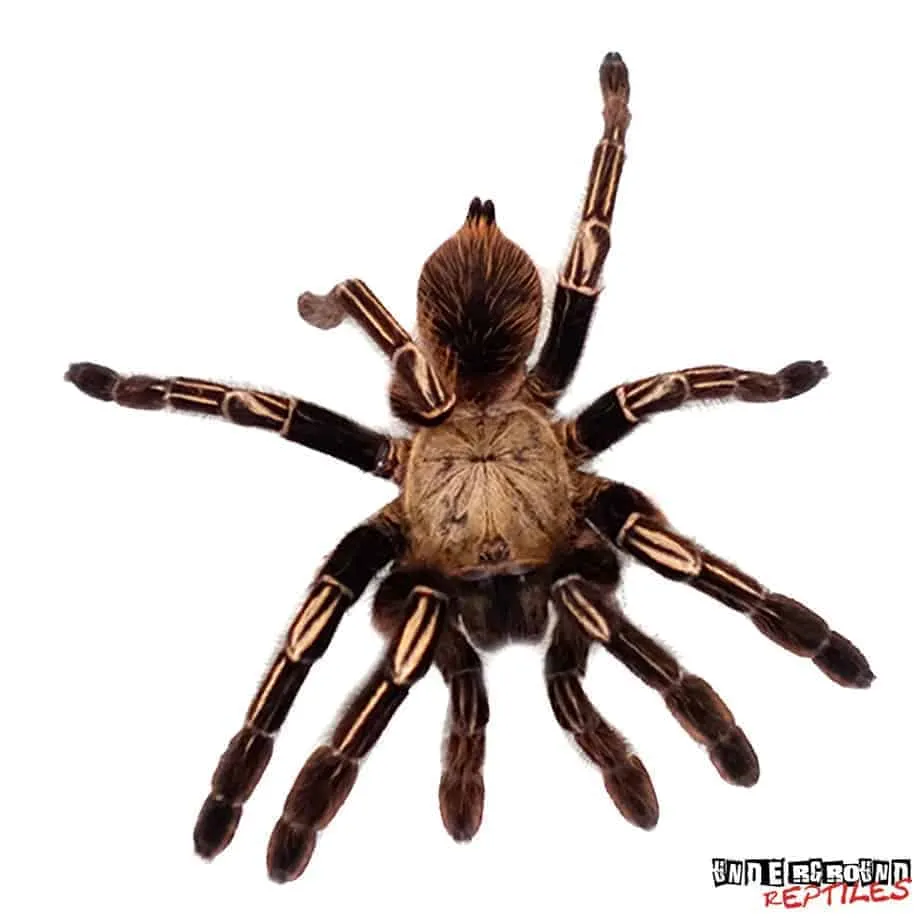
Handling tarantulas should be done cautiously. When cleaning the enclosure, use gentle cleaning agents. Avoid direct contact with the tarantula during the cleaning process. Regularly clean the enclosure, but do not disturb the tarantula unnecessarily. By maintaining a clean environment, you can prevent the introduction of bacteria and parasites, which might lead to infection. Safe handling and careful cleaning of the enclosure are vital to your pet’s health and recovery.
Quarantine Procedures
If you have multiple tarantulas, quarantining the injured tarantula is essential to prevent the spread of any potential infections. Keep the affected tarantula in a separate enclosure to minimize the risk of contamination. Ensure that the enclosure is properly cleaned and sanitized before reintroducing it to the main habitat. Isolation allows for closer monitoring and ensures that the other tarantulas are not exposed to any potential health risks. Quarantine helps contain any issues and will ensure other tarantulas stay healthy.
The Regeneration Timeline
The regeneration timeline varies depending on the age and overall health of the tarantula. The time needed for a new limb to fully regenerate can take several molts. The exact timeline varies from tarantula to tarantula. Younger tarantulas tend to regenerate limbs faster than older ones. This process will require patience and consistent care. Monitoring the tarantula’s progress throughout the molting cycles is important.
Stages of Limb Regrowth
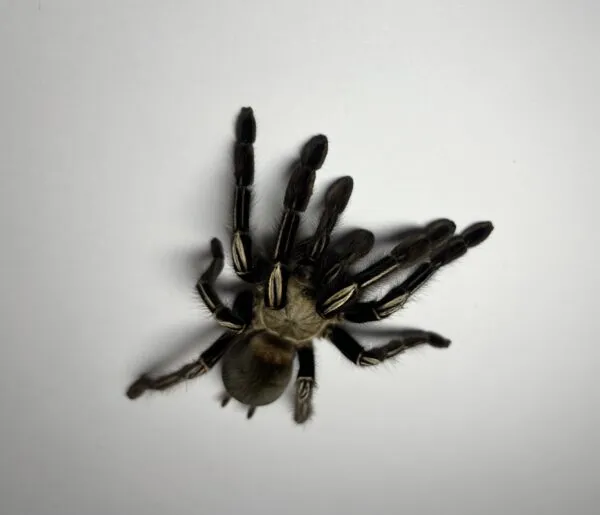
The regrowth of a lost limb happens in stages, starting with a small bud during the first molt after the injury. With each subsequent molt, the new limb grows larger and more functional. By the final stage, the new limb should look similar to the others. Careful observation during each molt cycle can reveal the progress of the regeneration. Proper care and diet contribute to the development and function of the new limb. Knowing the various stages of limb regrowth can help you appreciate the resilience of tarantulas and support your pet during the recovery period.
Factors Affecting Regeneration Time
Several factors can influence the time it takes for a tarantula to regenerate a lost limb, including age, general health, molting frequency, and environmental conditions. Younger, healthier tarantulas generally regenerate limbs more quickly. The frequency of molting, influenced by factors like growth rate and diet, also plays a part. Correct temperature and humidity levels contribute to the faster regeneration process. By understanding the various influencing factors, you can make the necessary adjustments to improve the speed and effectiveness of leg regeneration.
Maximizing the Success of Regeneration
Maximizing the success of tarantula leg regeneration involves creating optimal conditions. This includes providing a nutritious diet, maintaining the correct humidity and temperature, and minimizing stress. Careful management of these factors will improve the chances of successful regeneration. Regular monitoring of the tarantula’s progress and being proactive in addressing any potential issues are vital for a successful outcome. Providing the best care and support will ensure that your tarantula can fully recover and regain its mobility.
Avoiding Disturbances During Molting
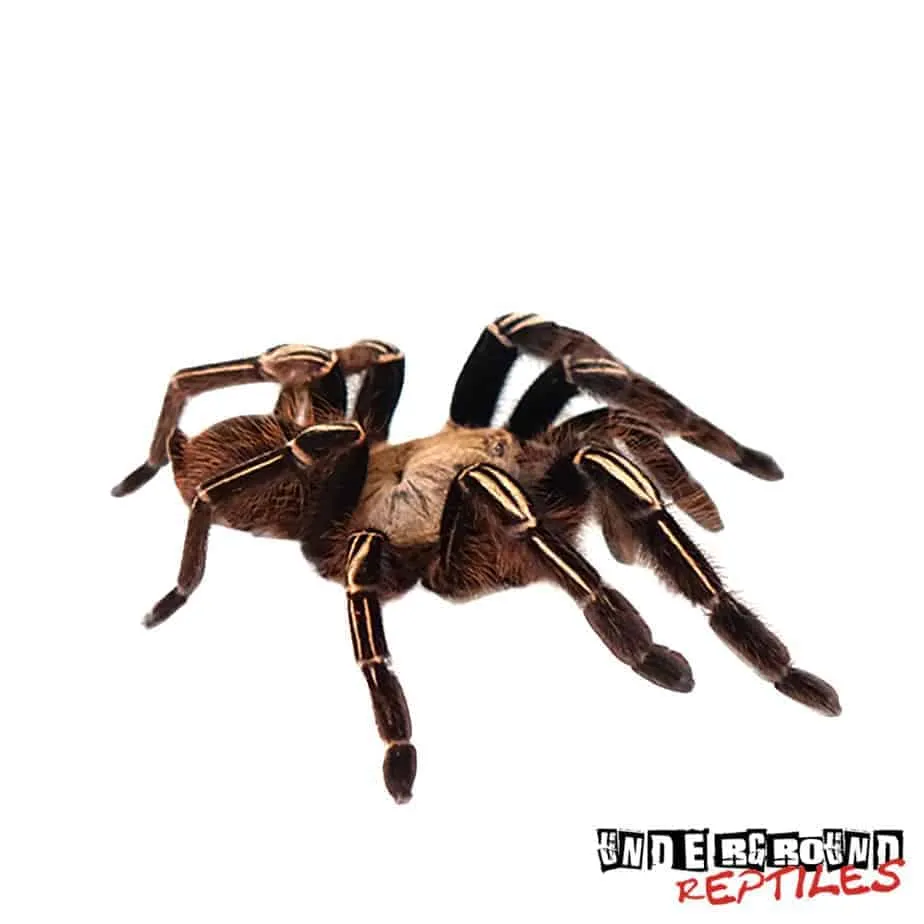
Disturbances during molting can be detrimental to the regeneration process. Avoid handling or disturbing your tarantula when it’s molting. Do not feed the tarantula during molting. Provide a quiet environment, free from vibrations or sudden noises. This will help the tarantula molt safely and reduce any stress that might hinder the leg regeneration. Allowing the tarantula to molt undisturbed is essential for its health and recovery. Providing a secure and stable environment is crucial during this sensitive time.
Providing Adequate Space
The size of the enclosure should be appropriate for the tarantula and must have enough space to move and molt comfortably. Make sure your tarantula has enough room to move around without the risk of injury. Overcrowding can cause stress. Adequate space is crucial to support the molting process and the regeneration of limbs. A well-sized enclosure will give your tarantula the space it needs to molt and recover. It also helps reduce the risk of accidental injury or other complications.
Monitoring for Signs of Distress
Closely monitoring your tarantula for signs of distress is essential to detect any potential problems early. Look for unusual behaviors or physical changes. Monitor for loss of appetite or changes in activity levels, which could signal stress or illness. Prompt action and appropriate care can make a big difference in your tarantula’s recovery. If you notice any signs of distress, consult a veterinarian experienced in treating exotic animals. Early intervention is critical for successful regeneration and overall well-being. Being proactive and aware of your tarantula’s needs will support their health and aid in the regeneration process.
